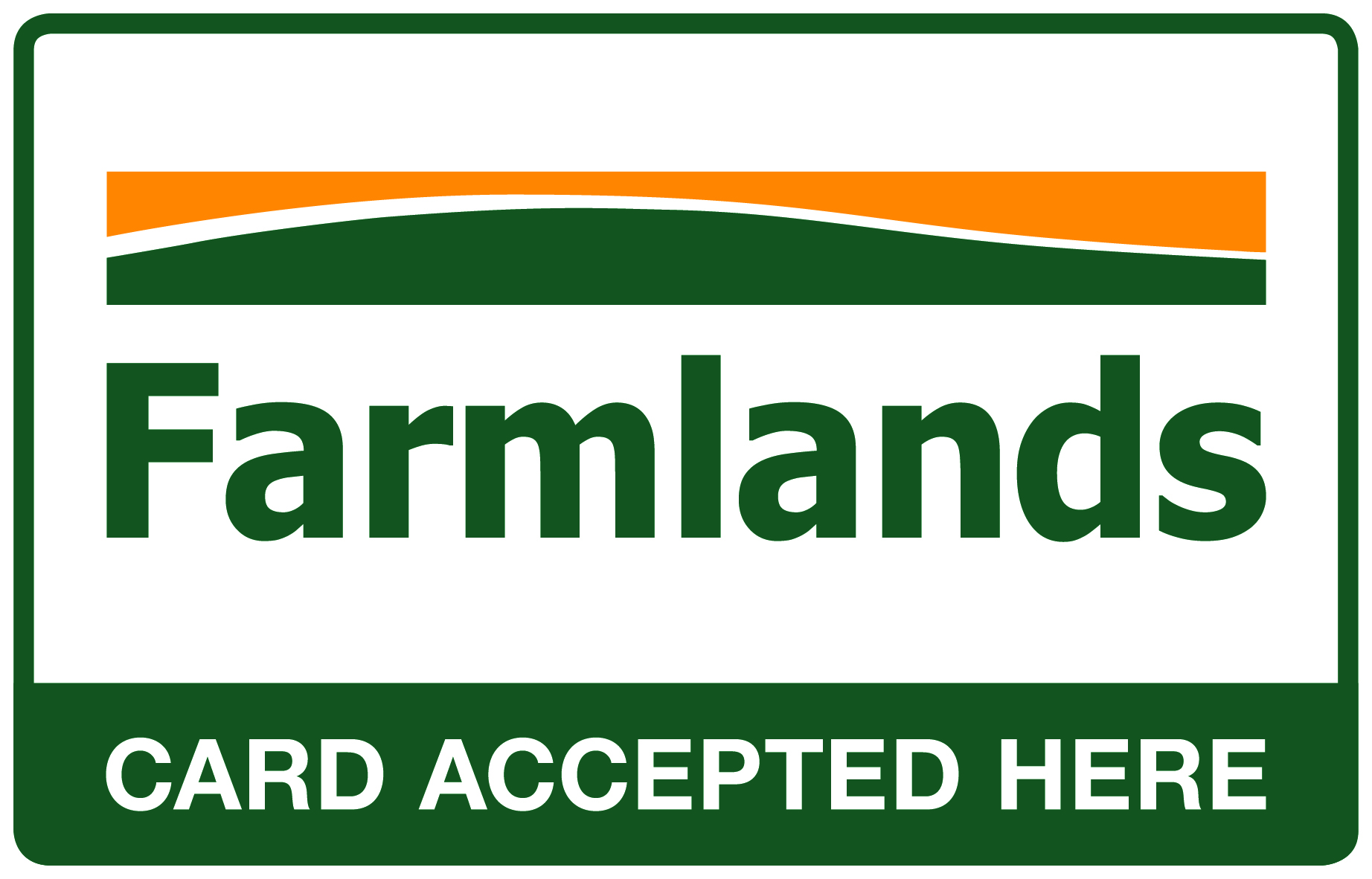Top tips for a successful subdivision
When you’re looking to subdivide there’s an abundance of information online, from technical industry articles through to casual comments on Facebook and Quora.
Instead of rehashing the same old pieces of advice, we asked our awesome team: “If your family or friends were subdividing, what would be your top advice (other than engaging Survus of course)?”
Here’s what our in-house experts wanted you to know:
Do your due diligence
‘Failing to plan means planning to fail’ is a cliche for a reason! A lack of proper preparation can result in a frustrating, expensive, or even unfinished project.
First, check out the Council rules for the area you’re planning to subdivide in. These will cover all the major details – where you can subdivide, what kinds of subdivision are permitted, how big your section needs to be, and any additional consents that could be required.
Don’t be afraid to pick up the phone and give your local Council a ring. They’re there to help, and they’ll be able to explain any parts of the rules that went over, under, or right around your head. They can also talk you through the application process so you know what to expect down the track. Once you have talked to them, check with us, as we think outside the square, and have discovered that as Council do not have intimate details of your property during this initial enquiry process, sometimes they aren’t able to advise on options that we can see with the knowledge and experience we have.
You’ll also want to sit down, take a thorough look at your project costs, and compare these to the likely before and after value of the property.
We can’t stress enough that this first section is really important – if you don’t do your homework, you could end up with a process which is far more expensive than you hoped… or a process which isn’t feasible at all.
Be proactive about your conditions
Early in the subdivision process, your surveyor (that’s us!) will lodge a plan and detailed application with Council and apply for resource consent for the subdivision.
When Council grants your consent, this will be subject to certain conditions being completed. These conditions make sure your development is environmentally sound, is sensible from an engineering perspective, and isn’t going to cause problems for future residents or neighbours.
No two subdivisions are the same and your conditions will vary depending on your individual location and plans, but here are some examples:
Installing services (like sewer, storm-water, power and water etc.)
Constructing roads and access-ways, so vehicles can get to your site
Protecting land against erosion, floods, rockfall or hazardous materials
Paying development contributions
Your subdivision can’t be finalised until all the consent conditions have been met, so it’s important that you get on with this part as promptly as you can! Being proactive about meeting your conditions will keep your project moving along and make sure you don’t get bogged down.
Remember, you won’t be doing it alone – we can help you through the conditions, managing what you can’t or aren’t allowed to, and how to get them completed quickly and cost-effectively.
Engage the experts
When you start the subdivision process you’ll be amazed how many friends and family members pop out of the woodwork, ready to provide helpful advice.
We don’t want to be rude to your Nan but we’d recommend that you take this advice with a grain of salt. Council rules change, different subdivisions are suitable for different areas, and what was the case for Uncle Stu’s 1990 Wanaka subdivision just might not apply today.
From the planning stage right through to completion, having experts on your team will make the process smoother and more enjoyable, and help to keep the costs down. As well as your friendly land surveyors (that’s us again!), teaming up with experienced like-minded sub-consultants throughout the process will give you a much better end result.
Compare quotes
Of course, we’d love to suggest that you go straight ahead and use Survus for your subdivision – but it wouldn’t be the best advice we could give. Remember what we said about due diligence?
We always recommend getting two detailed quotes from different surveying firms so you can be confident you’re comfortable with the estimated price, and understand what you’re paying for. Your quotes should include best estimates of costs and time frames involved. We are happy to check the two boxes of apples to ensure fair comparisons of the contents!

